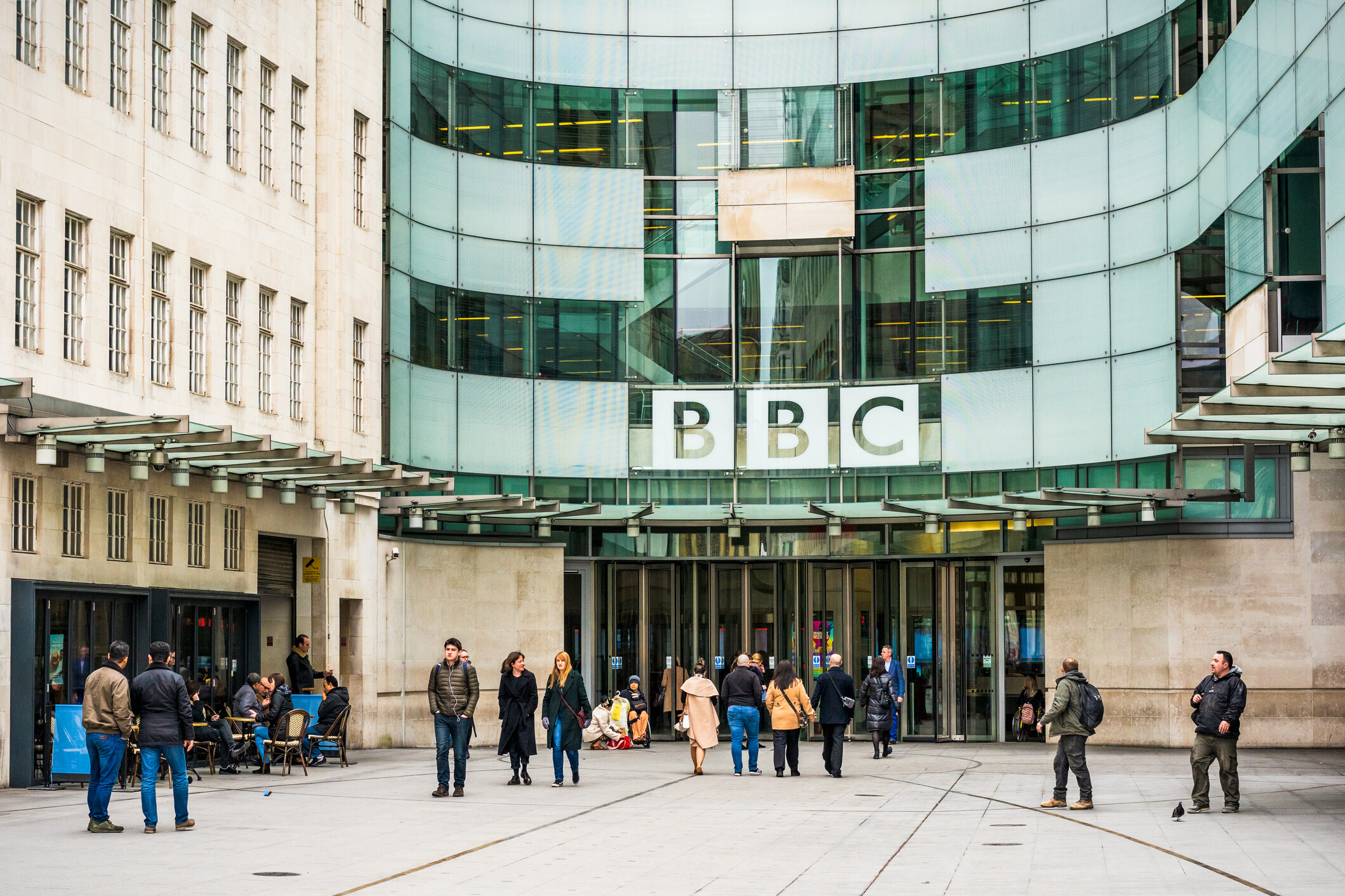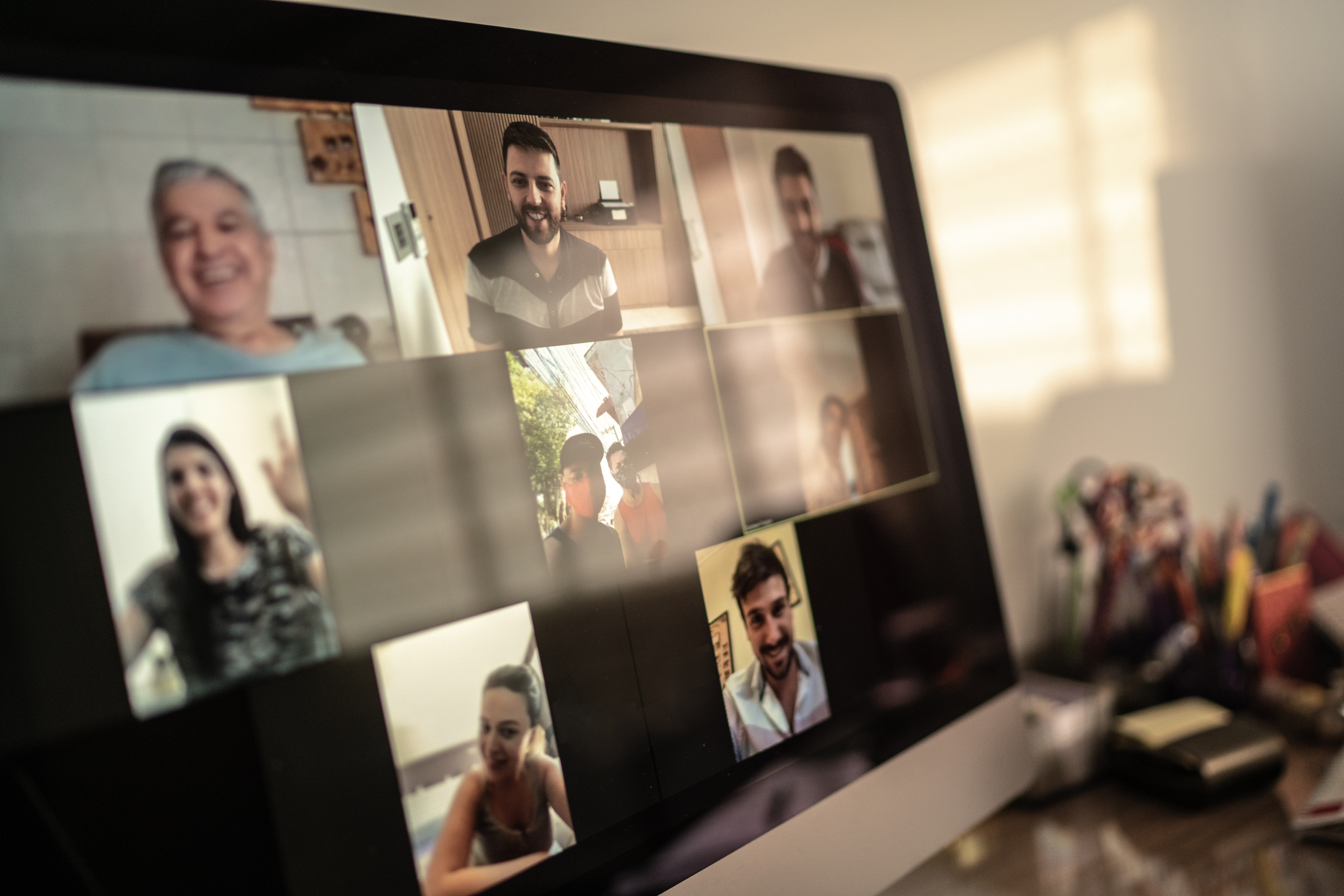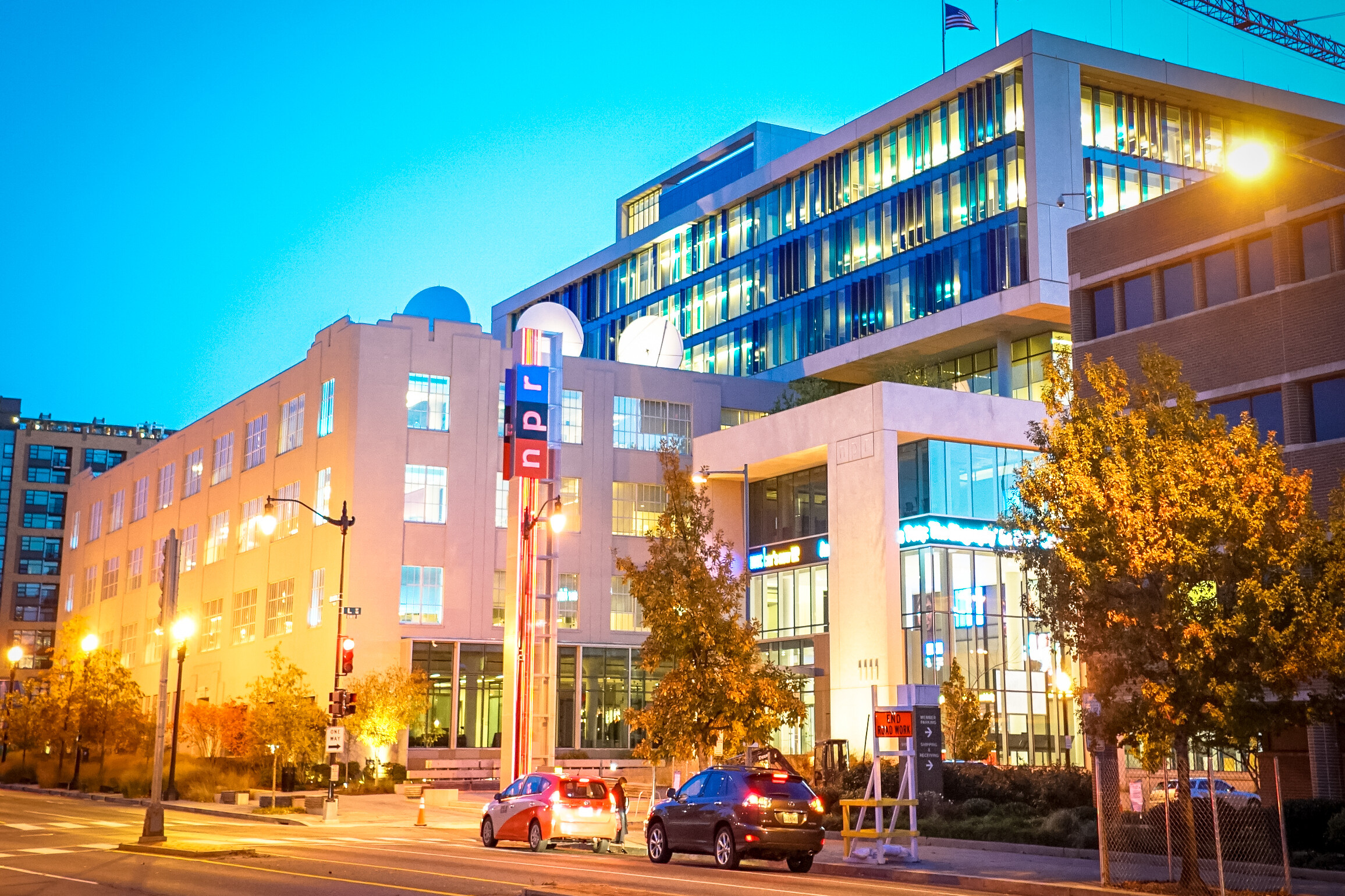For many public media organisations, reaching and engaging younger audiences remains an ongoing challenge. Why does this really matter? And how are public media organisations responding to it?
In some ways, audiences have never had it better. There is an abundance of choice for content and platforms; investment in television entertainment has led to a ‘golden age’ of productions; and the emergence of streaming services means all of it is accessible at users’ fingertips. But all this has led to changing consumption habits amongst young people, and with the rise in competition against streaming platforms, many are turning away from public media.
❌ 🔁 💔
1 op de 3 Vlamingen heeft nog nooit van de VRT gehoord of weet niet dat de VRT de Vlaamse publieke omroep is. Hier is werk aan de winkel, want onbekend is onbemind.
Hoe we dit gaan aanpakken? Je leest het hier → https://t.co/jusZ8UVAXu pic.twitter.com/N69wY3c0gu— VRT (@VRT) December 23, 2021
There have been some worrying statistics recently.
In a large-scale survey, VRT found that 1 in 3 Flemings had never heard of VRT, or knew that VRT is the Flemish public broadcaster. In the UK, 51% of 16–34-year-olds could no longer see themselves watching the main PSB television channels in three years’ time, according to UK media regulator Ofcom’s 2020 ‘Small Screen, Big Debate’ report. This is significant because “in 10 years, people born after 1996… will represent 41% of the UK population”.
Meanwhile, even though official figures are yet to be recorded, Deputy Director of Radio Turks and Caicos (RTC), Damian Wilson, told PMA that, in the small island state, “informal feedback has indicated that young audiences are drifting away.”
Why does this matter?
Reaching and engaging with younger audiences revolves around maintaining relevance with their interests, holding attention spans, and covering what matters most to them. Failing to do this can have serious ramifications. With public media, relevance often equals existence. Amid recent debates about the potential scrapping of the UK licence fee and alternative funding for the BBC, the BBC’s Media Editor, Amol Rajan, wrote: “Its future depends above all on whether it can persuade young people to pay for it.”
“It is absolutely vital that public broadcasters are able to appeal to and attract young audiences. This is not only an issue for the broadcaster as an organisation but for open democracy within societies.” – Damian Wilson, Deputy Director of Radio Turks and Caicos (RTC)
But evidence shows that young people are loosening their ties to public media. As the ‘Small Screen, Big Debate’ report highlighted, younger people “lack the same depth of relationship with the PSBs as older generations” and brand awareness of public media is lower among the UK’s younger audiences. This qualitative finding was similarly documented in research by the Joan Ganz Cooney Center and the Corporation for Public Broadcasting (CPB) in the US, whose conversations with 50 teens and tweens (10-17 year olds) across the US uncovered that public media was often an “afterthought” for this demographic. As VRT tweeted, “there is work to be done here, because unknown is unloved.”
Public media and its key principles (accountability, accuracy, credibility, reliability, impartiality, and independence) provides enormous non-economic, societal value. If the public loses sight of this, that has consequences for the future of democracy.
“It is absolutely vital that public broadcasters are able to appeal to and attract young audiences,” RTC’s Wilson explained. “The public should have access to balanced and impartial news and information. Hence, this is not only an issue for the broadcaster as an organisation but for open democracy within societies.” There is also evidence that where public media is better funded, democracy is healthier and citizens are more likely to engage in democratic processes, such as making informed decisions during elections periods.
Public media also tends to be among the most trusted sources of news and information. This is often demonstrated during times of crises, such as during the COVID-19 pandemic when scores of audiences, including young people, turned to their public broadcaster as a source of trusted news. But how can public media sustain this level of engagement beyond a crisis? If young people are otherwise sourcing news and information from alternative and unverified sites such as social media platforms, this is of grave concern given how easily misinformation is able to spread across them.
Against this background, there are public media organisations around the world that are distinctly driving efforts and making pledges to attract and better engage with younger audiences.
Shift towards digital, on-demand content?
Noting a shift in audience listening habits, more PSMs are experimenting with a move away from broadcasting live content towards more pre-recorded material.
Finland’s public media company, Yle, is pioneering in this space, implementing these kinds of reforms to its audio offering this year. Their main goal is to increase content production on its digital platform, YleAreena. “We produce more content online and less on broadcast now,” Yle’s Radio and Audio Manager, Jonna Ferm, told PMA, but it still plans to broadcast pre-recorded material, such as podcasts, on its linear channels.
“As a public service company, Yle must serve audiences of all ages. This requires us to have a profound understanding of the use of the media by audiences of different ages and their lives.” – Jonna Ferm, Yle’s Radio and Audio Manager
According to the latest data, Yle’s listening share is 22% among the 15-24 year old target group, 15% of which comes from the youth channel, YleX. But with increased changes in media use, Yle seeks to continue widening its reach.
Read more: Radiodays Europe 2021: Public media’s latest innovations
“As a public service company, Yle must serve audiences of all ages. This requires us to have a profound understanding of the use of the media by audiences of different ages and their lives. We make room for new content creators and the voices and ideas of young people, and renew our programming for young people.” While the changes to Yle’s channels at the beginning of this year haven’t been very popular among young people so far, Ferm said she expects that the “future will show whether a part of the young audience will find our podcast content through the broadcast channel.”
Media regulators and content producers have also recommended making public media interfaces more personalised – a feature initiated by SVODS, now offered on more public media streaming platforms, such as BBC iPlayer and Sveriges Radio apps. But as with all content, there is also the issue of discoverability, and the need to reduce the steps audiences must take to find public media content. For Radio Turks and Caicos, one measure that it has focused on to address the growing departure of its young audience is “making radio more visual and interactive. So, simulcasting to radio and social media platforms has become an important part of our operations,” said Wilson.
The anomaly to this trend, however, is BBC’s youth-oriented channel, BBC Three, which returned to linear television on 1 February. In 2016, it shifted to becoming an online-only platform, largely due to its main target audience moving across to online viewing, but also in part because of austerity measures imposed on the BBC. According to The Guardian, it became “the first in the world to make the transition from TV broadcast to a solely online platform” as its budget was cut from £85m to £30m. The youth channels of Danish public broadcaster DR followed suit in 2020, also due to budget cuts.
The justification for BBC Three’s return to linear TV lies primarily with recent data on live TV viewing habits. Research from City, University of London in 2020 revealed that while audiences were incrementally dropping from BBC Three’s linear channel pre-closure, there was an even sharper decrease of 60-70% after it shifted from broadcast to on-demand. Analysis in The Conversation also suggested that the disparity between those with and without access to digital platforms – the digital divide – might be another contributing factor for BBC Three’s return to broadcast.
In the BBC Three press launch, the channel’s Controller, Fiona Campbell, stated: “having a broadcast channel alongside iPlayer is an opportunity to maximise our reach. This isn’t linear or On Demand, it is both.”
Targeted content and initiatives
Another key approach to attracting and re-engaging with younger audiences is creating content or platforms that are specifically designed for them.
In December 2021, Radio New Zealand (RNZ) launched TAHI, a new 24/7 service that is 100% created by and for rangatahi (the young people of Aotearoa, especially young Māori and Pasifika aged 18-30). The online-only, commercial-free, and editorially independent platform is an opportunity for RNZ to reach young people in an unconventional way by offering content on platforms they already consume, such as Spotify, YouTube, and social media platforms. Its purpose is to connect young audiences with local music, stories, and culture. 40% of Tahi.fm’s music comes from local artists.
Tahi was borne out of RNZ’s desire to create a lifelong relationship with all the people of Aotearoa. “We have done a great job of connecting with older New Zealanders, and now TAHI will give us an opportunity to reach younger audiences,” said RNZ Music and TAHI Content Director, Willy Macalister. Ideas for content and format were guided by the results of an external audience research project commissioned by RNZ, which consisted of a target audience focus group and panel research.

TAHI’s promise to young people epitomises why public media is so exceptional. “We think you deserve one space on the internet that’s not trying to get you to spend your cash, or to take your data and sell it to someone else. And that gives you good, trustworthy, information — not fake news.”
Two months in and TAHI has been well received by the music industry and audience feedback has been overwhelmingly positive, Macalister said. But he reiterated, “this is just the start of TAHI, we really are an embryonic stage of the project. There is so much more to come, and we are all super excited to share our vision of what public service media for young people looks like with the audience.” This year, TAHI has plans to expand its offering by producing original video series and podcasts. Audiences can also get involved as content makers.
VRT’s ‘NWS NWS NWS’ is the public media’s news offering on Instagram tailored for young people, a target group which the organisation said “is bombarded with fake news”. The page includes a format that debunks fake news and, at the time of writing, has more than 230,000 followers. It offers a similar news service for children via TikTok called Karrewiet.
“We think you deserve one space on the internet that’s not trying to get you to spend your cash, or to take your data and sell it to someone else. And that gives you good, trustworthy, information — not fake news.” – TAHI, RNZ
Lithuania’s public radio is also experimenting with specific online and offline innovations that target a young audience. It is reaching out to “attract decision-makers and influencers: not only inviting them to participate in shows, but also calling to make their own shows and podcasts”, Giedrius Masalskis, Head of the LRT Radio Programme Department, explained.
Youth engagement
Several public broadcasters have launched surveys and projects to find out what is relevant for young people. The findings revealed climate change and environmental issues are of significant concern. As public media increasingly use their reach and scale to lead in covering the climate crisis, they are increasingly using this as an important opportunity to meaningfully involve young people, especially in parts of the world that are most affected by climate change.
Read more: Audience engagement and public media during COVID-19
For instance, as Don Mann, CEO of the Pacific Media Network (PMN) explained, the demographic of Pacific communities is generally younger, in comparison to western communities. “This means for Pacific populations, our leaders are younger. It is our young leaders that are leading the charge on climate change.” As a result, “at Pacific Media Network, many of our young Pacific climate warriors are part of our programming each and everyday.”
“At Pacific Media Network, many of our young Pacific climate warriors are part of our programming each and everyday.” – Don Mann, CEO of the Pacific Media Network
On LRT OPUS – LRT’s youth-oriented radio channel – various events are organised with DJs involved and other activities for young people at popular places such as flea markets or seaside spots. LRT is currently organising a young talent competition for upcoming musicians to perform for wider audiences. “All these actions help LRT OPUS spread information about radio content, and keep audiences involved”, Masalskis revealed.
Meanwhile, the Chairperson of Namibia’s public broadcaster, Lazarus Jacobs, urged young people in particular to be more involved in its future business plan consultations. “Next time we have a session for business plan, I want to see twenty-year-olds sitting here because that’s where Africa is going.” He warned that NBC would otherwise fail in its mandate if the produced content is not relatable or consumable by the public.
Whether it’s offering more targeted content like TAHI or reacting to which platforms are performing best to maximise reach, like BBC Three’s return to linear TV, public media are responding to the challenge of reaching and engaging with young people via a mixture of online and offline initiatives. This shows that there is in fact no one-size-fits-all formula for this challenge. Instead, by having ongoing conversations with and collecting feedback and data on younger audiences, public media are better able to tailor content and services to their diverse needs and interests.
Header image: KINGS – RNZ Music Live Session 2. Credit: TAHI, RNZ
Related Posts
18th January 2022
BBC funding freeze: the importance of a licence fee
BBC's funding freeze and talks of a new…
21st September 2020
Audience engagement and public media during COVID-19
Engaging with audiences is essential if…
3rd December 2018
Best of PSM | NPR engaging younger audiences
Public radio in the US engages students…



